Got water? Sure, most of us in the United States do. But do we ever stop to smell the roses of odorless fresh potable water? Do we reflect on what reliable water means for the economic life of our community? Texas’s harsh deep freeze earlier this year reminded us Texans of our vulnerability, and after $200B in damages, it gave us a glimpse of how life looks without the core services that we take for granted daily. This, after water pipes burst across the state, the water stopped flowing, and temps fell into the 40’s INSIDE some homes as a result of widespread sustained power outages.
Regional water sustainability is a top concern to water professionals and politicians but never seems to hit the radar for everyday folks who accept that water flowed yesterday, flows today, and assumes will flow forever into the future. But this isn’t necessarily so. Just watch Season 3 of Amazon Prime’s hit show Goliath.
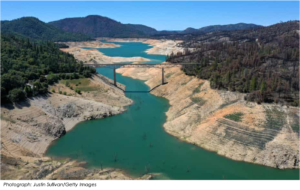 While that’s fiction, water scarcity and the accompanying anxiety are absolute for too many Americans in distant places outside the beaten path. According to a 2019 highly informative joint report from Dig Deep and the US Water Alliance concerning water access in the United States, 1.4 million Americans lack indoor plumbing for cold potable running water, a shower, or toilet flush. A 2013 drought in California caused residents of East Portville to lose their historically reliable running water after scarcity took many wells and municipal systems offline – this reality lasted far beyond the duration of the drought. Rural communities often must confront poorly constructed or antiquated septic sewers and septic tanks that back up, overflow, and then compromise whatever water is available. Thirty percent of the Navajo Nation’s indigenous people must confront the need to truck in water from afar because neighboring compacts left them out of water use allocation. In a secluded ‘colonia‘ in Cochran, TX, folks must haul in water by car or foot or pay exorbitant fees for trucked-in water.
While that’s fiction, water scarcity and the accompanying anxiety are absolute for too many Americans in distant places outside the beaten path. According to a 2019 highly informative joint report from Dig Deep and the US Water Alliance concerning water access in the United States, 1.4 million Americans lack indoor plumbing for cold potable running water, a shower, or toilet flush. A 2013 drought in California caused residents of East Portville to lose their historically reliable running water after scarcity took many wells and municipal systems offline – this reality lasted far beyond the duration of the drought. Rural communities often must confront poorly constructed or antiquated septic sewers and septic tanks that back up, overflow, and then compromise whatever water is available. Thirty percent of the Navajo Nation’s indigenous people must confront the need to truck in water from afar because neighboring compacts left them out of water use allocation. In a secluded ‘colonia‘ in Cochran, TX, folks must haul in water by car or foot or pay exorbitant fees for trucked-in water.
SUSTAINABLE WATER & ECONOMIC IMPACT
Imagine what goes into a company’s corporate planning when considering a potential geographic relocation to produce their goods or services. Water reliability is rightfully a top consideration. What we deem reliable today might not be so in the years to follow if regional water sustainability needs are not addressed, planned, and adequately funded.
Corpus Christi, located along the Texas Gulf Coast, is focused on building a reliable, sustainable water supply. The extended drought of 2010-2013 and mounting pressure from large industrial consumers of water forced the City’s hand the following year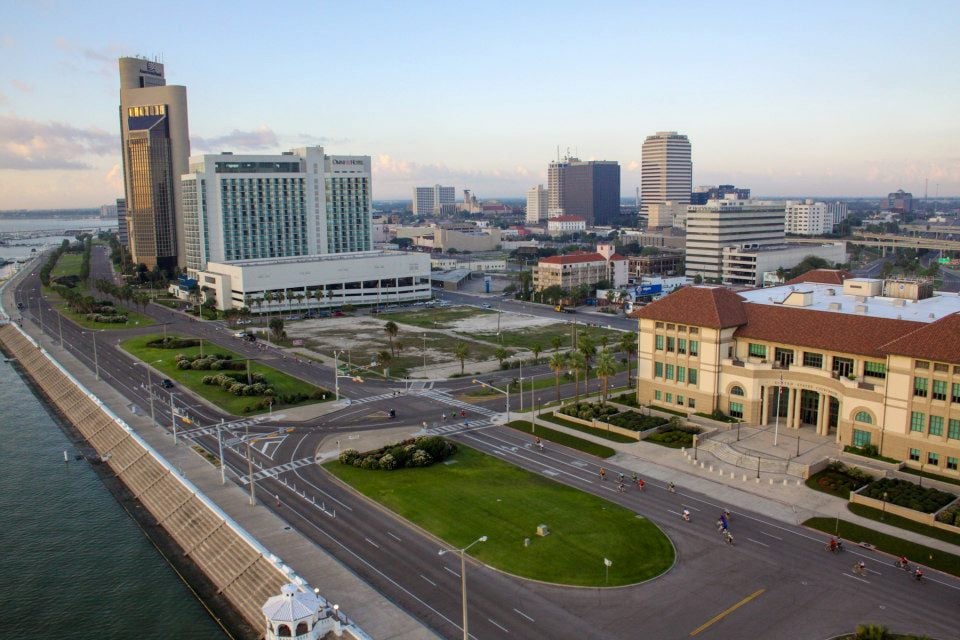 to consider and find new water resources as the region’s chief water supplier. Seawater desalination became the primary solution focus, and by 2018 a second planning phase began with permits and funding. As future demand necessitates additional water supply, the City is ready to rapidly design, construct, and operate two different desalination plants. This decision was vital to securing water and creating confidence within the business community that their significant requirement for water will be satisfactorily met in the future – with drought or not. Otherwise, some companies along with their coveted economic contribution would leave the area, with few new companies considering to backfill it.
to consider and find new water resources as the region’s chief water supplier. Seawater desalination became the primary solution focus, and by 2018 a second planning phase began with permits and funding. As future demand necessitates additional water supply, the City is ready to rapidly design, construct, and operate two different desalination plants. This decision was vital to securing water and creating confidence within the business community that their significant requirement for water will be satisfactorily met in the future – with drought or not. Otherwise, some companies along with their coveted economic contribution would leave the area, with few new companies considering to backfill it.
Nature Communications recently published exhaustive research on Evaluating the economic impact of water scarcity in a changing world. The early phrase “Toilet-to-Tap” was a 1990’s PR disaster for Miller Brewing in Irwindale, CA, after suing local water authorities for their plan to terminate their reclaim 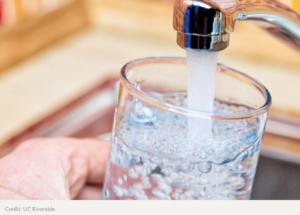 water discharge within a stone’s throw of the brewery. We suddenly went from “Pure, Rocky Mountain spring water” to “pristine filtered sewer water.” Nevertheless, kudos to the region’s water leadership for proactively addressing the challenge of regional water sustainability. We now have Oregon’s Pure Water Brew – beer proudly made from recycled water that focuses on “Quality, not History.”
water discharge within a stone’s throw of the brewery. We suddenly went from “Pure, Rocky Mountain spring water” to “pristine filtered sewer water.” Nevertheless, kudos to the region’s water leadership for proactively addressing the challenge of regional water sustainability. We now have Oregon’s Pure Water Brew – beer proudly made from recycled water that focuses on “Quality, not History.”
We’ve become very prolific at water reuse programs and even better at marketing the idea in recent years. The key to securing buy-in and building resiliency in the water supply is good marketing – ‘toilet-to-tap’ was catchy but stinks to high heaven. Pun. BTW, Miller Brewing (MolsonCoors) is corporately intensely focused on water sustainability and is making great strides.
BECAUSE EVERYONE IS A WATER MANAGER™
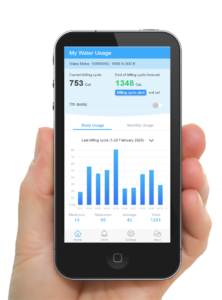 If you got water, you’re gonna wanna make it last. To do this, you’ll need to manage the rate at which people consume it – i.e., it disappears. Creating a broad awareness for everyone through shared timely information is a cornerstone to success. Water sustainability is made possible through technology and education, for sure. But it’s also made a reality by empowering the utility customer to effectively manage their water footprint while promoting a broad change in our community culture in how we respect and value water.
If you got water, you’re gonna wanna make it last. To do this, you’ll need to manage the rate at which people consume it – i.e., it disappears. Creating a broad awareness for everyone through shared timely information is a cornerstone to success. Water sustainability is made possible through technology and education, for sure. But it’s also made a reality by empowering the utility customer to effectively manage their water footprint while promoting a broad change in our community culture in how we respect and value water.
Get people talking about water (just like they do with Bitcoin, Tesla, or the Cowboys). Gamify our relationship with water through routine viewing of our consumption and bragging how much less we’ve used. “Dude! Did you use 900 gallons for a single shower? My sister uses like half that! That’s crazy!” Master Meter’s My Water Advisor Personal Water Management Portal keeps people aware of their hourly, daily, and monthly comparative usage. It helps consumers budget and to take action proactively to address leaks. MWA is a powerful complement to our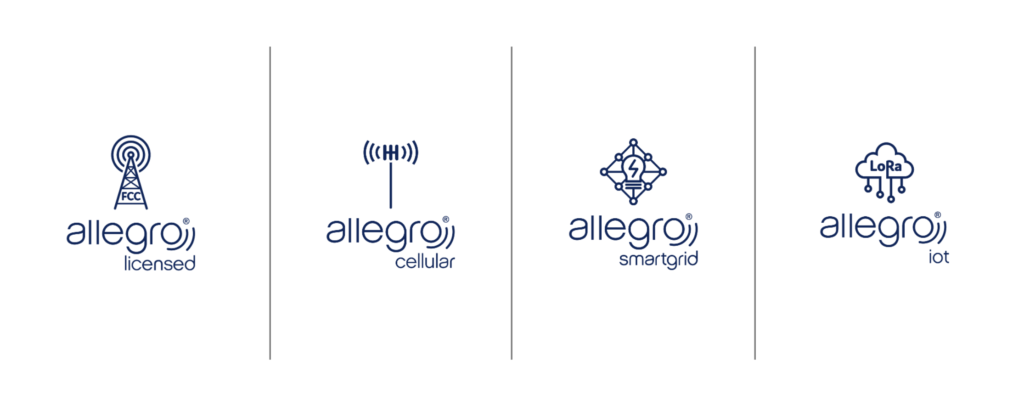 overarching smart water tech for utilities that multiplies the value of an investment in modern metering and systems infrastructure to create new customer service experiences, deliver sustainability, and foster stewardship for your community.
overarching smart water tech for utilities that multiplies the value of an investment in modern metering and systems infrastructure to create new customer service experiences, deliver sustainability, and foster stewardship for your community.

